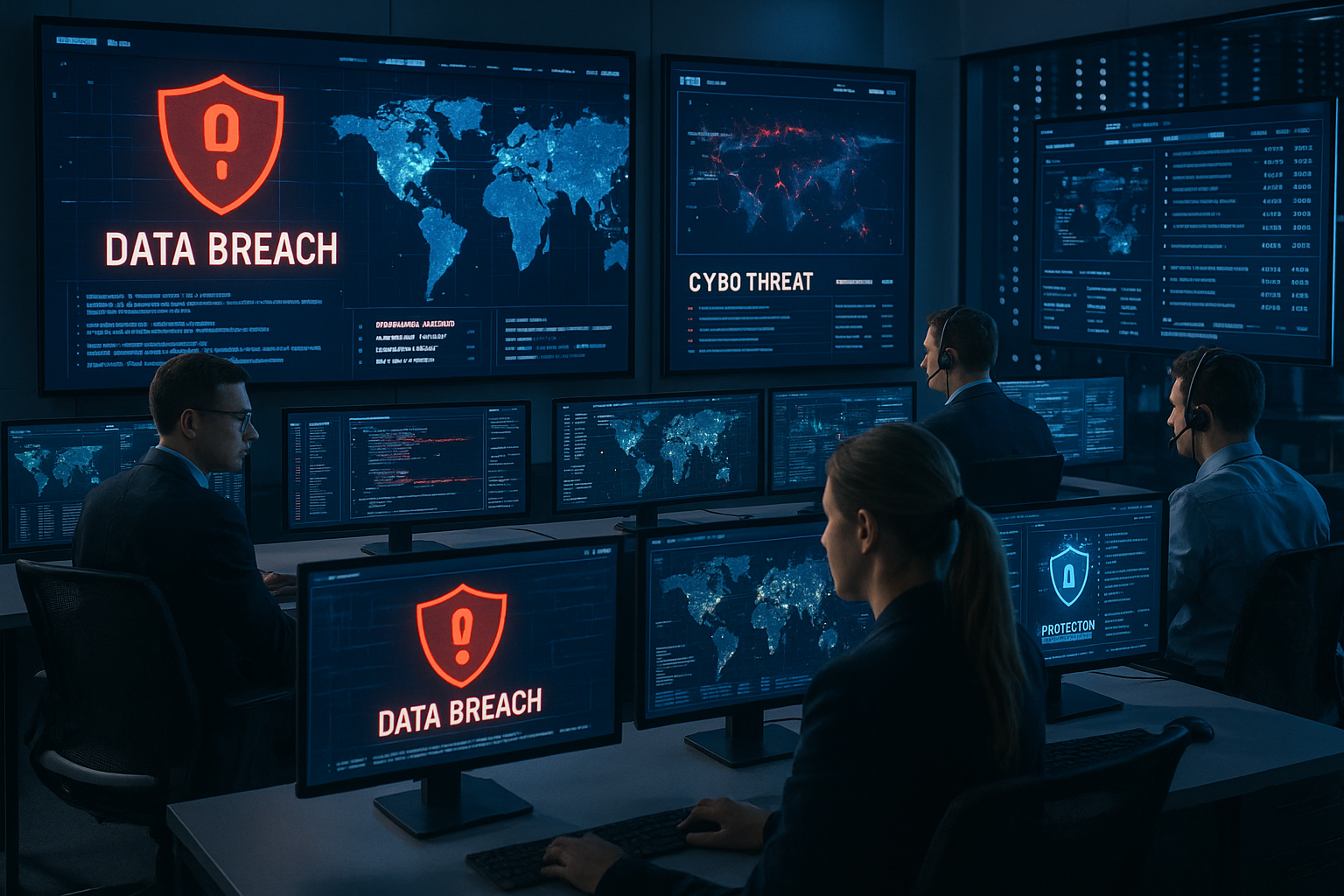Guarding Data Seven Elite Cybersecurity Measures Explained
Securing your digital assets is more critical than ever, and by exploring these seven elite cybersecurity measures, you can browse options to safeguard your data effectively.

Multi-Factor Authentication (MFA)
Multi-Factor Authentication adds an extra layer of security by requiring users to verify their identity through multiple methods before gaining access to sensitive information. This process typically involves something you know (a password), something you have (a smartphone), and something you are (a fingerprint). By implementing MFA, businesses can significantly reduce the risk of unauthorized access. According to Verizon's Data Breach Investigations Report, 81% of hacking-related breaches leveraged either stolen or weak passwords1. Thus, MFA is a crucial step in protecting data.
Encryption
Encryption converts data into a code to prevent unauthorized access. It is essential for protecting sensitive information both at rest and in transit. With the rise of cyber threats, many organizations are now required by law to encrypt certain types of data. For instance, the General Data Protection Regulation (GDPR) mandates encryption for personal data, offering a competitive advantage to businesses that comply2. By encrypting your data, you can ensure that even if it is intercepted, it cannot be read without the correct decryption key.
Regular Security Audits
Conducting regular security audits helps identify vulnerabilities and ensure compliance with security standards. These audits involve reviewing your current security measures, testing for weaknesses, and implementing improvements. Companies that regularly audit their cybersecurity measures are better equipped to prevent breaches. According to a report by PwC, organizations that conduct regular security audits experience 53% fewer attacks3.
Employee Training
Human error is one of the leading causes of data breaches, making employee training a critical component of any cybersecurity strategy. Training programs should educate employees on recognizing phishing attempts, using strong passwords, and following security protocols. Investing in training can lead to significant cost savings; the Ponemon Institute reports that companies with a strong security culture save an average of $2.8 million annually on data breach costs4.
Firewalls and Anti-Virus Software
Firewalls and anti-virus software are fundamental tools that help protect networks from malicious attacks. Firewalls act as a barrier between your internal network and external threats, while anti-virus software detects and removes malware. Keeping these tools updated is crucial, as cyber threats constantly evolve. By utilizing these technologies, you can enhance your organization's security posture and protect valuable data.
Data Backup and Recovery
Data backup and recovery solutions ensure that your data can be restored in the event of a breach or system failure. Regularly backing up data and having a robust recovery plan can minimize downtime and financial loss. According to the National Cyber Security Centre, having a reliable backup system is one of the most effective ways to combat ransomware attacks5.
Network Segmentation
Network segmentation involves dividing a network into smaller, isolated sections to limit access to sensitive data. This measure can prevent attackers from moving laterally within a network if they gain access. By segmenting your network, you can contain potential breaches and protect critical assets. This strategy is particularly beneficial for large organizations with complex IT infrastructures.
Incorporating these elite cybersecurity measures can significantly enhance your data protection efforts. As cyber threats continue to evolve, staying informed and proactive is essential. By exploring the options available, you can implement the most effective strategies to safeguard your digital assets and maintain your competitive edge.